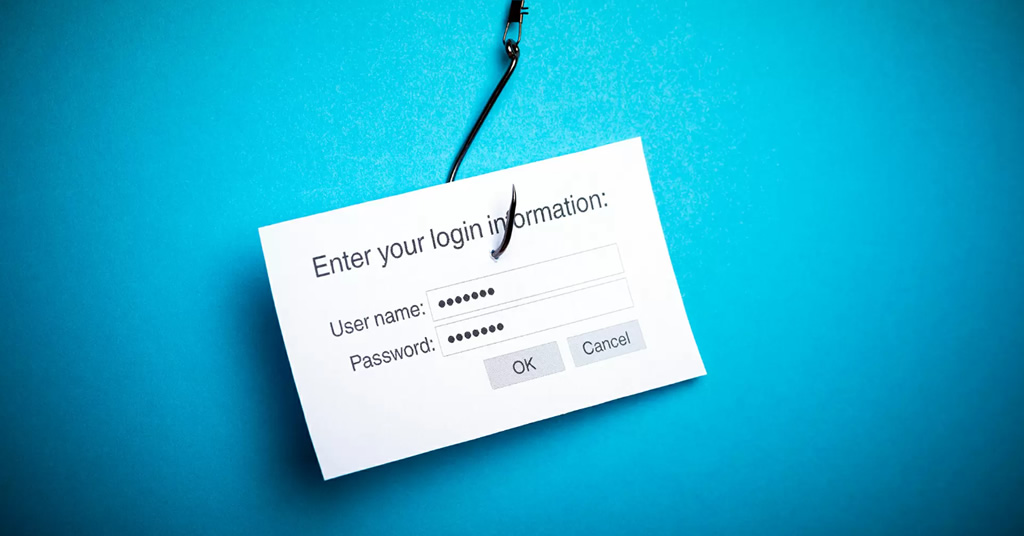Sometimes persistent ransomware attacks feel like the flu. As soon as security experts find a defense against one strain, a new and more deadly version appears. All making it harder to defend against and certainly difficult to keep up.
With cryptic names like WannaCry, Petya and SamSam, leadership all too well have familiarized themselves with names of attacks and many even know someone who have fallen victim to the latest strain.
While ransomware campaigns have targeted pretty much everyone, they are becoming more tailored to your industry, finding technical vulnerabilities to exploit your network and your software and customizing their attacks to target specific roles within your organization. Unlike flu epidemics, there is less of a cycle or timing of when catching a virus is more or less likely. For ransomware, infections are becoming more persistent day after day.
Ransomware attackers are targeting everyone. In 2018, for instance, attackers were breaching networks in technology, manufacturing, financial and healthcare industries at alarming rates. All industries showed an uptick in the sophistication of attacks targeting each industry.
continue reading
Many of you probably live in fear. Fear of a data breach.
While a breach may sound innocent enough—simply someone on your team that might have lost, misplaced, or mis-transferred some data—your clients, patients and regulators may think otherwise.
In 2019, the average breach affecting relatively small organizations costed them the likes of $73,000. The cost of reputational damage to vendors and clients may actually be far greater.
I’m sure it’s of little surprise that in recent accounts with CEOS, their two greatest worries ranged from a list of technical-related developments that have recently arisen surrounding stolen and breached data and being victim of a ransomware attack.
Many CEOs know firsthand of their company experiencing a ransomware attack. Those that have lived through a ransomware attack understand the devastation and ruin involved in recovery efforts. When recovering from a ransomware attack, one thing is clear—there is no free lunch (everything will cost you).
Is your likelihood of a breach or attack REALLY that low?
continue reading
Windows end of life approaches today. Cybersecurity experts are hoping you’re paying attention to this as January 14, 2020 marks the final day for Windows 7 support.
From a security perspective—as you might appreciate—monthly security patches as well as hot fixes for pending cyberattacks (think the latest risks from the state of Iran) will no longer be available to any machines running Windows 7. Microsoft will no longer be detecting threats and risks associated with the platform, so in the event a hacker discovers a new vulnerability, you won’t even know before it’s too late!
Digging in a bit deeper…
The reality is that all software contains bugs. You see, Windows—just like any program—is designed with the best intentions to meet users’ needs. Sometimes in creating a feature that someone really finds helpful for their productivity, a software developer overlooks security implications.
In practice, many security bugs surface only following an imminent threat or detected vulnerability from the cybersecurity community.
continue reading
CYBER ALERT: DHS Warns Of Iran’s Cybersecurity Threat
The Department of Homeland Security (DHS) just recently issued a warning to businesses in the United States of possible looming cyberattacks from the nation state of Iran.
The State Of Iran—Will They Attack YOU?
Iran’s reputation for skilled cybercriminals and hackers is of top of mind for leaders in the US intelligent and cybersecurity communities going forward. Iran’s cybercrime is one of the world’s most aggressive, with potential to target public and private sectors (thing full-blown ransomware attacks shutting down entire networks).
continue reading
Phishing is the number one way ransomware is transmitted, and according to the Department of Homeland Security, businesses should be on high alert.
What can you do? What do you need to know to avoid being phished?
One way or another, data breaches or ransomware attacks begin with one common denominator.
Human Error.
Whether it is someone clicking on an email. OR misconfiguring a router or server. Or even using a default or easy-to-crack password. Or it’s not having patched a computer. When a ransomware attack occurs, it’s certain that someone made a mistake.
What’s worrisome to me about 2020 is that hackers are going to greater lengths to get into your systems.
They are specifically targeting you and your company like a well-targeted marketing campaign. They are scanning your network from the outside for very commonly misconfigured pieces (mistakes that someone on your IT team could have easily made without noticing much).
continue reading




